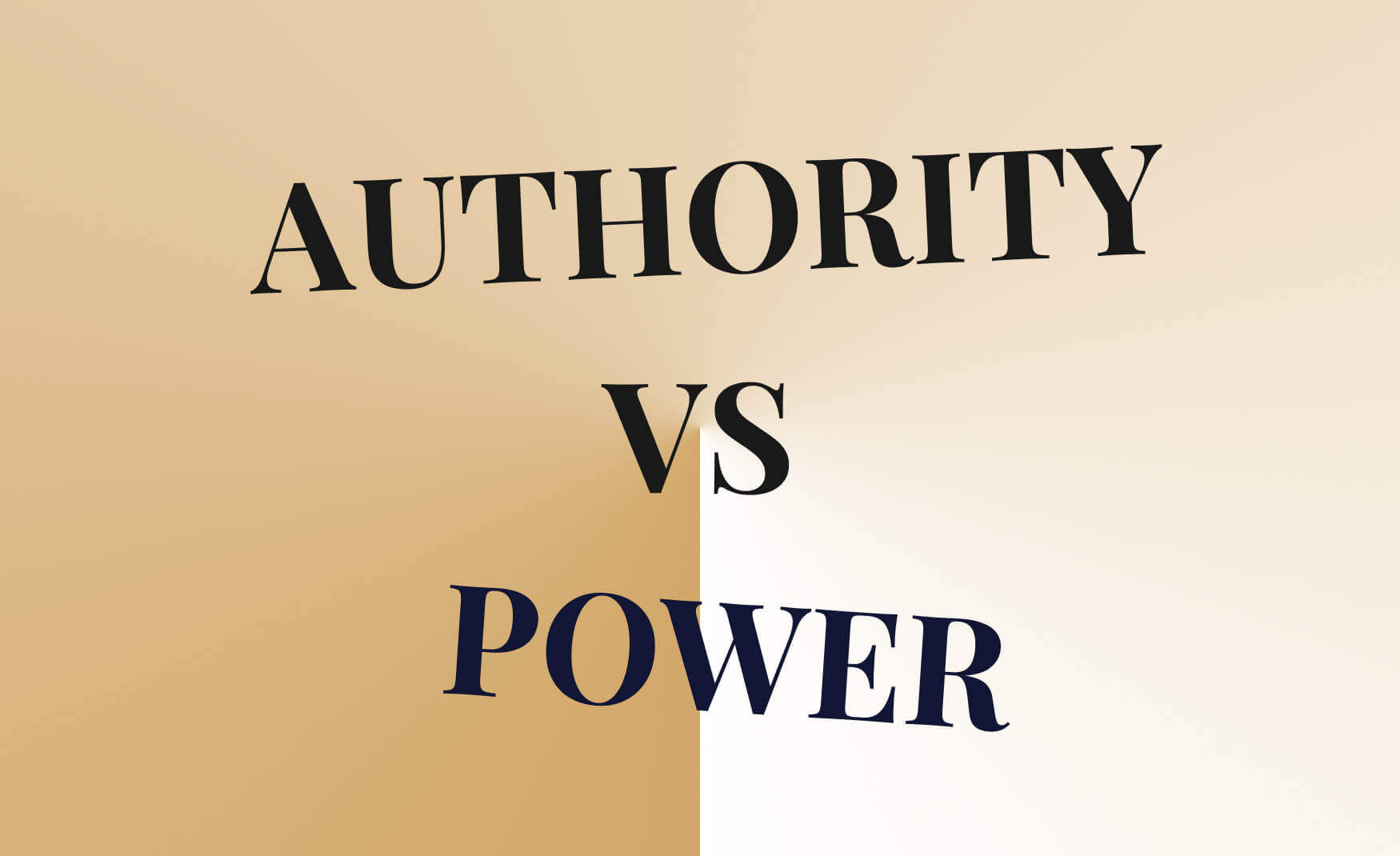In the realm of governance, leadership, and societal structures, the relationship between power and authority is a topic of profound significance. Understanding how these two concepts intertwine and shape our world is essential for comprehending the dynamics of influence, control, and decision-making.
In this comprehensive exploration, we will delve deep into the question: “Which statement best describes the relationship between power and authority?” Through detailed analysis and examination of historical and contemporary contexts, we will unravel the complexities of this intriguing alliance.
Table of Contents
The Foundation: Defining Power and Authority
Before we embark on our journey to decipher their relationship, let’s establish a clear understanding of power and authority.
Power: The Force of Influence
Power, in its essence, is the capacity to influence, direct, or control the behavior of others or the course of events. It often stems from various sources such as physical strength, wealth, knowledge, or charisma. Power is dynamic and can manifest in multiple forms, including political, economic, social, or even personal power.
It is a force that fuels change and can be both constructive and destructive in its impact.
Authority: The Right to Command
Authority, on the other hand, represents the legitimate right to command, make decisions, and enforce obedience. Unlike power, authority is typically conferred upon an individual or an entity through established rules, laws, or societal norms.
It is the cornerstone of governance and provides a structured framework for the exercise of power. Authority carries with it the expectation of responsibility and accountability.
The Dynamic Interplay
To comprehend the intricate relationship between power and authority, we must recognize that these two concepts are not mutually exclusive; instead, they often intersect and influence each other in profound ways. Let’s explore some key facets of this interplay:
1. Power as a Source of Authority
One common perspective on the relationship between power and authority is that power can be a source of authority. When an individual or entity wields significant power, they may gain the authority to make decisions and shape the course of events.
This is evident in various spheres of life, from political leaders who derive authority from their electoral mandate to business tycoons who exert authority through their economic influence.
2. Authority as a Check on Power
Conversely, authority can act as a check on power. Societies establish systems of authority to ensure that power is wielded responsibly and in alignment with collective interests.
This is exemplified in democratic governments, where elected officials are entrusted with authority but are subject to checks and balances to prevent abuse of power. The concept of the rule of law underscores the importance of authority in restraining the excessive use of power.
3. The Dilemma of Legitimacy
A central aspect of the power-authority relationship revolves around legitimacy. Power becomes more acceptable and effective when it is seen as legitimate. Authority plays a pivotal role in conferring this legitimacy. When authority structures are transparent, fair, and perceived as just, the power exercised within those structures gains credibility.
Conversely, power exercised without legitimate authority often leads to resistance, dissent, and instability.
4. Authority’s Dependency on Power
While authority can constrain power, it is also dependent on power for its effectiveness. An authority without the means to enforce its decisions becomes ineffectual.
This is particularly evident in law enforcement agencies, where the authority to uphold the law is dependent on the power to enforce it. In essence, authority needs the backing of power to maintain order and compliance.
5. Power and Authority in Leadership
Leadership is a domain where the relationship between power and authority is in constant flux. Effective leaders harness both power and authority to achieve their objectives.
They use their authority to set direction and make decisions, while the power they hold, often derived from the trust and confidence of their followers, enables them to implement those decisions.
Leadership that strikes the right balance between power and authority tends to be the most influential and successful.
Historical Perspectives
To gain further insights into the relationship between power and authority, let’s delve into historical examples that illustrate the complexities of this dynamic interplay.
Ancient Egypt: Pharaohs and Divine Authority
In ancient Egypt, pharaohs were not only political rulers but also considered divine figures. They wielded immense power, backed by their divine authority. Their commands were seen as absolute, and their subjects obeyed out of both fear and reverence.
This historical example highlights how power and authority can become deeply intertwined, with religious beliefs reinforcing their legitimacy.
The Enlightenment Era: Social Contract and Consent of the Governed
The Enlightenment era in Europe witnessed the emergence of new philosophical ideas about governance. Thinkers like John Locke and Jean-Jacques Rousseau argued that legitimate authority should be derived from the consent of the governed.
This perspective challenged traditional notions of absolute monarchs and emphasized the need for power to be accountable to the people. It marked a pivotal moment in the evolution of the power-authority relationship.
The Civil Rights Movement: Challenging Unjust Authority
In the mid-20th century, the Civil Rights Movement in the United States exemplified the struggle against unjust authority.
African Americans and their allies challenged the authority of discriminatory laws and systems. Through nonviolent protests and civil disobedience, they sought to change the power structures that perpetuated racial inequality.
This movement showcased how collective action can challenge and reshape the relationship between power and authority.
another such historical figure is Gandhi, whose nonviolent resistance movements held tremendous power in shaping India’s path to independence. His authority was rooted in his principles and moral standing, rather than a formal position of power.
These historical examples illuminate the complexities of power and authority and challenge conventional notions of leadership.
Modern Geopolitics: Power Shifts and International Relations
In contemporary geopolitics, the interplay between power and authority is ever-evolving. The rise of emerging powers like China challenges the established authority of Western nations.
This shift in global power dynamics raises questions about the legitimacy and effectiveness of international institutions and treaties. It underscores how the balance of power can influence the authority structures on the world stage.
Contemporary Relevance
In today’s complex world, the relationship between power and authority continues to evolve and shape our societies. Here are some contemporary perspectives on this dynamic relationship:
Technology and Information Power
The digital age has brought about a new dimension of power—the power of information. Tech giants and social media platforms wield enormous influence over public discourse and can shape opinions and behaviors.
This has raised questions about the authority and responsibility of these entities in curating content and moderating user interactions.
Global Governance and Sovereignty
In the realm of international relations, the concept of state sovereignty and global governance highlights the tension between power and authority.
Powerful nations may exert their influence on global affairs, often challenging the authority of international organizations.
The delicate balance between respecting the sovereignty of states and addressing global challenges underscores the ongoing debate over the power-authority relationship.
Corporate Leadership and Ethics
Within the corporate world, the relationship between power and authority is a critical consideration. Ethical leadership involves not only having the authority to make decisions but also using that power responsibly and in the best interests of stakeholders.
Corporate scandals and controversies often stem from the misuse of power without appropriate authority checks.
Social Movements and Grassroots Authority
Contemporary social movements, such as the #MeToo movement and climate activism, demonstrate the power of grassroots authority. These movements are driven by individuals and communities who use their collective influence to challenge established power structures and demand change.
They showcase how ordinary citizens can exercise authority in pursuit of social justice and environmental sustainability.
Conclusion On “Which Statement Best Describes the Relationship Between Power and Authority”
In conclusion, the relationship between power and authority is a multifaceted and dynamic one. While power can serve as a source of authority, it can also be tempered and guided by authority structures to prevent abuse.
The legitimacy of power often depends on the legitimacy of the authority from which it derives. Historical and contemporary examples illustrate the complexities and nuances of this relationship.
As we navigate the ever-changing landscapes of politics, society, and leadership, understanding the interplay between power and authority remains essential. It reminds us that the responsible exercise of power, within the bounds of legitimate authority, is crucial for the well-being of individuals and the stability of societies.
Moreover, it underscores the need for continuous reflection and adaptation as our world continues to evolve, bringing new challenges and opportunities for the intricate dance between power and authority.




